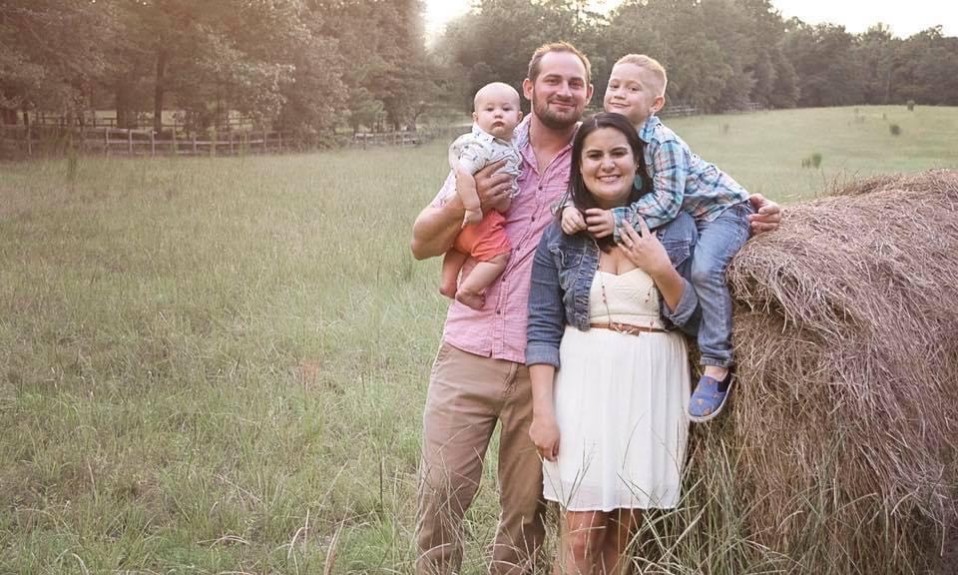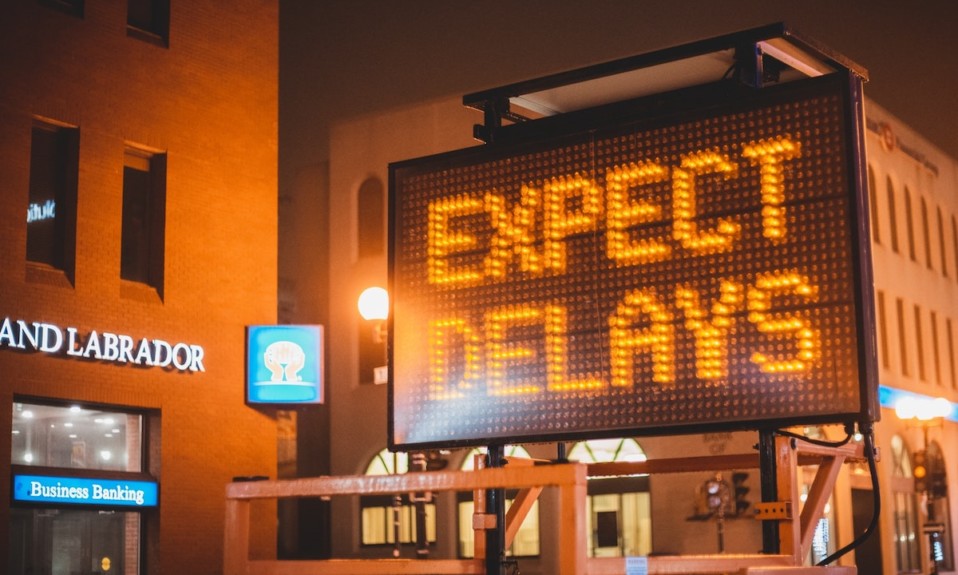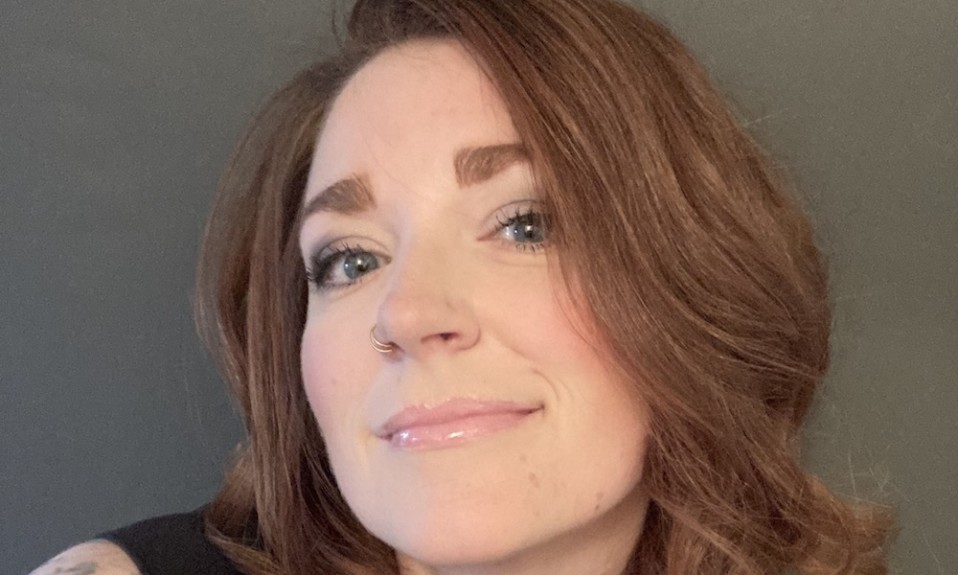The nonprofit provides support and recourse for individuals who have been damaged by the “tough love” brand of treatment
By Olivia Wagner
The landscape is dotted with survivors—not of addiction, but of addiction treatment centers and similar facilities. The “troubled teen” industry, long an issue in the recovery field, was thrust into the national spotlight in September 2020 when socialite and model Paris Hilton debuted the documentary This Is Paris, revealing her story of mistreatment at several facilities designed to reform rebellious youth. A year later, in October 2021, Hilton joined with advocates and members of Congress in Washington, D.C., to push for more oversight of the multibillion-dollar troubled teen industry, many of whose facilities draw on the idea of “tough love” as a form of treatment. The method can lend itself to a lifetime of trauma for kids already vulnerable from mental health and addiction struggles who’ve been sent away to receive help by parents who felt they had no other options.
Various groups of survivors and allies have emerged to highlight the harsh realities of the troubled teen industry and work toward reform. Among the most prominent is Breaking Code Silence (BCS). “At 3 o’clock in the morning, I was awakened from my sleep by two strangers,” Samantha Rogers, a survivor and BCS volunteer, recounts. “It was a gentleman and a lady, and they told me, ‘We can do this the easy way or the hard way. We need you to get your things together, and you need to go to the airport with us.’” Samantha’s parents had become frustrated with her rebellious behavior and didn’t know where else to turn. Just 16 years old, she was taken from her home in the middle of the night without saying goodbye to her parents, and was transported from South Carolina to a facility in Florida. She spent nearly two years there, enduring trauma that would follow her for a lifetime.
Samantha’s story is not unique. At any given time, according to the American Bar Association, there are tens of thousands of kids in “congregate care” in the U.S. These facilities are operated by private companies, nonprofits or faith-based organizations, and often contract with state and local governments. Youth can end up in such institutions in a number of ways. In addition to parental placement, some are sent by child welfare and juvenile justice systems, school districts’ alternative educational programs, mental health providers and even refugee resettlement agencies. The industry receives an estimated $23 billion in federal funds, but there is no federal legislative oversight. Advocates note that staff at troubled teen facilities are often unlicensed or lack the proper credentials to treat mental health or addiction.
The roots of the “tough love” philosophy at the heart of troubled teen industry can be traced to a group called Synanon, founded in 1958, that branded itself as a cure for heroin addiction. The mode of tough love practiced by Synanon … [rested] on the notion of breaking bad habits through isolation, humiliation, and physical and emotional punishment.
Breaking Code Silence is working to address those issues and, according to its website, “create a future without institutional child abuse by engaging, uniting and empowering adult survivors to become effective advocates for change.”
The Theory Behind “Tough Love”
The roots of the “tough love” philosophy at the heart of the troubled teen industry can be traced to a group called Synanon, founded in 1958, that branded itself as a cure for heroin addiction. The mode of tough love practiced by Synanon and its successors rests on the notion of breaking bad habits through isolation, humiliation, and physical and emotional punishment. While Synanon itself was eventually discredited, the tough love theory spread in the ’70s, ’80s and ’90s, being adopted by organizations such as religious academies, “boot camps,” wilderness therapy outfits, behavior modification centers and gay conversion programs.
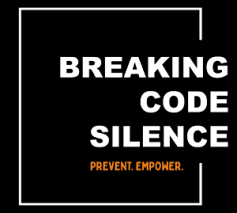
Critics say the idea itself violates fundamentals of human development. “At our very basic level, humans need connection, relationship and attachment, so tough love really starts to use that attachment to force compliance,” says Vanessa Hughes, PhD, president of Breaking Code Silence. “I think tough love, the idea of it, goes against all good research that shows that connection and attachment are what is needed for change.”
Hughes says practices such as isolation are particularly harmful for teens, whose minds and brains are still maturing. “The need that adolescents have for touch, for contact—humans need that for health and development,” she says. “People need touch so that their brain forms.” Tough love prevents the normal social interactions that teens need to explore intimacy and personal growth, Hughes says. The potential for long-term damage is obvious.
The Mission of Breaking Code Silence
Breaking Code Silence formed in 2014 as a collaboration of advocacy groups to encourage survivors of institutional abuse to share their stories. The movement gained momentum after the release of Hilton’s documentary, which was pivotal in raising awareness about the pervasiveness of the industry and in mobilizing legislation. In 2021 Breaking Code Silence received 501(c)(3) nonprofit status, and the organization now has more than 150 volunteers in nearly every state and even other countries. While survivors make up the majority of the team, BCS has found support from allies of the cause as well.
An essential part of establishing the organizational structure of Breaking Code Silence has been a keen awareness of the difficult past of most volunteers. “We have a very decentralized, flat structure,” says Hughes. “We were all abused within a system, so a system itself becomes dangerous. For a group of survivors [with a history of] institutionalized abuse, to create something replicating an institution is counterintuitive. We’re doing it in a delicate way, where power is pushed out rather than down.”

The mission of Breaking Code Silence is not only to prevent institutionalized child abuse, but also to empower survivors and bring awareness to the extensiveness of the troubled teen industry. Among the teams making up the organization are:
- Academic researchers, who are working to position survivors as a crucial voice in academic literature surrounding institutional abuse
- An advocacy group that provides assistance to survivors in guiding them through the process of reporting a facility, a therapist, a case of assault and so on after leaving the institution
- A team working to reform the industry through legislation by meeting with lawmakers to create a federal regulatory framework for governing treatment centers and institutions
For survivors, Breaking Code Silence is also working to identify the types of treatment that would be beneficial for individuals after being released from these facilities. Institutions like the one Samantha Rogers experienced have created a paradox for the mental health industry, as these facilities have led survivors to believe that treatment centers are the problem rather than a solution. “A lot of us are scared of the mental health industry, because that’s essentially the theater of our abuse,” says Hughes.
Because of this, Breaking Code Silence focuses not only on how to help adolescents being held in facilities right now, but also how to provide long-term support that sets them up for success following their release. In partnership with researchers, the advocacy team has implemented a peer-led trauma recovery model that trains survivors to then lead support classes for others who have had similar experiences.
The Conundrum of Accountability
Among its successes, such as teaming up Hilton to develop more robust legislation, Hughes and Rogers both note that Breaking Code Silence has experienced a number of obstacles in working toward its mission. These challenges are exacerbated by deep-seated misconceptions about treatment in America. Hughes describes this as the fictitious ideal that the U.S. is a “protector of rights,” the kind of place where institutionalized child abuse would never be tolerated. At the same time, she recalls an instance when BCS was contacted by the partner of an 18-year-old who was being held in a facility that refused to release him despite his legal status as an adult. After contacting local law enforcement to have the person released and to perform a welfare check on the facility, an officer told Hughes, “You said he’s in a treatment center. If he’s there, he probably needs to be there.” Hughes emphasizes that confrontations and assumptions like this are not unique and reflect misunderstanding about the landscape of addiction and mental health treatment.
“The problem with this industry is there are so many different regulatory bodies that when you portion out all of the different infractions to the appropriate agency, it just falls apart.”
—Vanessa Hughes, president, Breaking Code Silence
Survivors also face obstacles throughout the process of reporting abuse, as procedures are often so convoluted that it becomes challenging to decipher the right person to talk to in a system that isn’t necessarily set up to protect victims. “The problem with this industry is there are so many different regulatory bodies that when you portion out all of the different infractions to the appropriate agency, it just falls apart,” says Hughes. In response, Breaking Code Silence has created an extensive database containing records of past reports, allegations and investigations against a given facility. For survivors, this means BCS will help not only with filing the report and determining the appropriate oversight body but also with substantiating the individual’s claim by using records from its database to demonstrate repeated allegations of misconduct.
The Legislative Front
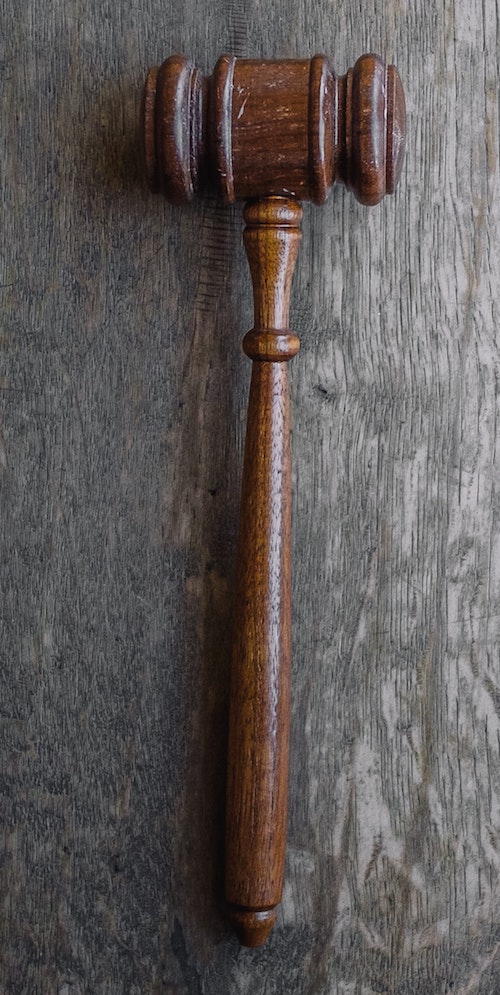
Over the past several years, legislative efforts have emerged to combat the problems in the industry. Most prominent is the proposed federal Accountability for Congregate Care Act, which would address systemic weaknesses across regulatory agencies and systems that are tasked with overseeing congregate care but too often fail to protect youth from abuse and neglect. This piece of legislation is the byproduct of work done by Breaking Code Silence volunteers since 2020 and was written by the organization. If passed, the act would establish a nationwide Youth Congregate Care Bill of Rights, ensuring the right of every adolescent in such treatment centers to:
- Physical well-being
- Social and emotional well-being
- Have essential needs met
- Individualized and appropriate treatment that is culturally competent, trauma-informed and most supportive of each child’s personal liberty and development
- Be free from abusive, humiliating, degrading or traumatizing treatment by staff or other patients
While federal legislation is in the works, some states have also moved for stronger oversight of teen residential treatment programs. Hilton was instrumental in getting legislation passed in Utah, where she suffered the worst of her experiences, in early 2021. California, Missouri, Montana and Oregon have also passed recent laws to strengthen oversight. But many other states have little to no regulation of congregate care facilities—and even when new laws get on the books, issues remain.
What Parents Can Do
The work of Breaking Code Silence and other survivor groups illustrates how critical it is for parents to do thorough research on the types of care available for their child. Yet it can feel challenging to decipher which residential treatment programs are there to do good and which ones may be more deceptive in their intentions and potentially harmful in their practices.
“The more questions consumers ask, the more information they’re going to get from quality providers. Programs that aren’t in the industry for the right reasons will often become defensive when asked more questions and run out of information to give.”
—Peter Thomas, director of quality assurance, NAATP
“It’s hard to identify treatment centers on a set list of criteria, but for parents, the best advice I can give is to look hard,” says Peter Thomas, director of quality assurance for the National Association of Addiction Treatment Providers (NAATP). “The more questions consumers ask, the more information they’re going to get from quality providers. Programs that aren’t in the industry for the right reasons will often become defensive when asked more questions and run out of information to give.”
For parents and families, Thomas says evaluating residential programs with a critical eye from the start can help avoid unnecessary pain and trauma down the road for the child seeking treatment.
Hope for the Future
Because they go against everything we want to be true about treatment in the U.S., the realities of the troubled teen industry can be difficult for people to comprehend. Organizations such as Breaking Code Silence have realized the value of education as a tool for activism and have found success in opening up public discussions about the pervasiveness of the problem. The National Conference of State Legislatures notes that congregate care can certainly be beneficial for children who require immediate short-term supervision and structure because of dangerous behavior, but too many children are being placed into this kind of model for reasons that do not meet that criteria and within facilities that are unregulated and unsafe.
“I envy the people that got normal teenage lives and high school and all that. Unfortunately, we didn’t get that, but I’m able to hopefully make a difference in other survivors’ lives.”
—Samantha Rogers
Advocacy is crucial to the mission of Breaking Code Silence, but equally important is raising awareness about how these institutions function, to ensure that significant legislative changes bring about lasting change. Children subjected to harmful treatment endure the trauma of their experiences for years to come, and Breaking Code Silence provides a space for survivors to find support while also supporting one another.
“I envy the people that got normal teenage lives and high school and all that,” says Rogers. “Unfortunately, we didn’t get that, but I’m able to hopefully make a difference in other survivors’ lives.”
For more information on Breaking Code Silence, and for quick links to volunteer and donate, visit Linktree.


